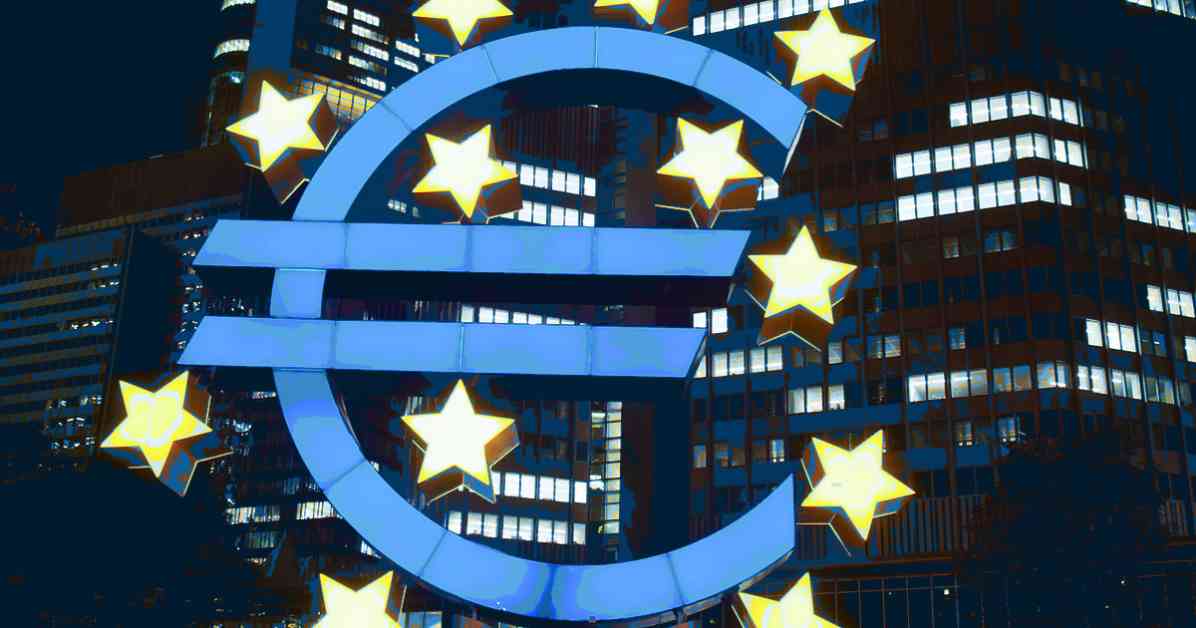Piero Cipollone, a member of the European Central Bank’s Executive Board, is advocating for the adoption of digital assets and distributed ledger technology (DLT) to create a more integrated capital markets union in Europe. During the Bundesbank Symposium on the Future of Payments, Cipollone emphasized the potential of blockchain technology and tokenization to streamline Europe’s financial system, reduce costs, and enhance market efficiency.
He highlighted the current fragmentation in Europe’s capital markets, with numerous listing exchanges and trading platforms creating inefficiencies and regulatory barriers. Despite initiatives like the TARGET2-Securities platform, which aims to harmonize securities settlements, inconsistent legislative frameworks and regulatory obstacles still hinder market integration. Cipollone stressed that without standardized rules for asset custody, taxation, and regulatory oversight, Europe cannot fully leverage the benefits of a unified capital market, making it less competitive on a global scale.
To address these challenges, Cipollone proposed accelerating efforts to align regulations across EU member states, especially with the emergence of digital assets. Tokenization, the process of issuing assets on DLT, presents an opportunity to establish a more efficient financial system by bypassing traditional market inefficiencies. By leveraging tokenization, financial institutions can enhance liquidity, reduce transaction costs, and transition towards decentralized, real-time transactions.
While some progress has been made with over 60% of EU banks exploring DLT solutions, Cipollone believes that the full potential of this technology remains untapped. He called on public authorities to support the transition to digital markets and ensure that central bank money plays a crucial role in settlement processes. Cipollone proposed the establishment of a European ledger, a shared platform where digital assets, central bank money, and commercial bank money can interact seamlessly, fostering capital market integration and reducing barriers to entry.
Moreover, Cipollone warned against the risks of fragmented DLT adoption, emphasizing the importance of collaboration between regulators, central banks, and market participants to ensure Europe leads the way in building a unified digital capital market. By embracing tokenization and DLT now, Europe can shape an integrated financial ecosystem that will support its markets well into the digital future.
In conclusion, Cipollone’s call to embrace blockchain technology and tokenization highlights the potential for Europe to overcome its fragmented capital markets, enhance global competitiveness, and pave the way for a more efficient and integrated financial system. By leveraging digital assets and DLT, Europe can position itself as a leader in the digital economy and create a foundation for future financial innovation and growth.














